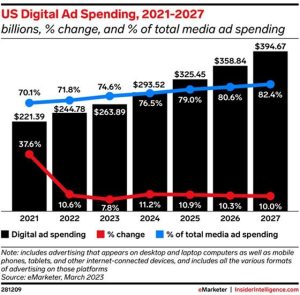Here are the top 10 benefits claimed for CDPs as well as some questions to be asked about whether those benefits will truly be realized.
In the ever-evolving landscape of digital marketing, Customer Data Platforms (CDPs) are pivotal tools for organizations aiming to harness the power of data-driven strategies. Understanding and leveraging customer data isn’t just a competitive advantage — it’s a necessity.
Here, we delve into the top 10 benefits of CDPs reshaping the marketing paradigm.
CDP features
1. Unified Customer View CDPs excel in aggregating data from multiple sources, eliminating silos and providing a holistic view of the customer journey. This unified perspective enables marketers to craft campaigns that resonate on a personal level with each customer.
2. Enhanced Personalization Using AI and machine learning, CDPs analyze and predict customer behavior, making it possible to create hyper-personalized experiences. This level of personalization isn’t just about addressing customers by name; it’s about understanding their preferences and delivering content that aligns with their interests and behaviors.
3. Data Compliance and Governance As data privacy regulations continue to tighten, CDPs provide a framework for compliance. They ensure that customer data is managed responsibly, respecting privacy and consent across all touchpoints.
4. Omnichannel Orchestration The modern customer interacts with brands across various channels. CDPs synchronize these interactions, ensuring a consistent and seamless experience whether the customer is online or offline.
5. Revenue Growth By delivering relevant experiences and reducing friction points, CDPs directly contribute to revenue growth. They enable marketers to identify upsell and cross-sell opportunities effectively.
6. Operational Efficiency CDPs streamline marketing operations by automating data collection, segmentation and campaign execution. This efficiency frees up valuable time for marketers to focus on strategy and creativity.
7. Actionable Insights Beyond mere data collection, CDPs provide actionable insights. They help marketers understand the ‘why’ behind customer actions, enabling data-driven decisions that drive conversions.
8. Customer Loyalty and Retention CDPs play a crucial role in retention strategies by helping brands stay relevant and top-of-mind. Through personalized engagement, customers feel valued, fostering loyalty.
9. Scalability As businesses grow, so does the complexity of their data. CDPs are designed to scale, managing increasing volumes of data without compromising performance.
10. Agility In a fast-paced market, agility is key. CDPs allow marketers to quickly adapt to changes in customer behavior and market conditions, maintaining a competitive edge.
CDPs are not just tools; they are strategic assets that empower marketers to navigate the complexities of customer data. By leveraging the full spectrum of benefits offered by CDPs, businesses can achieve a level of customer engagement and satisfaction that was previously unattainable.
The post The top 10 benefits of customer data platforms appeared first on MarTech.
MarTech(3)



